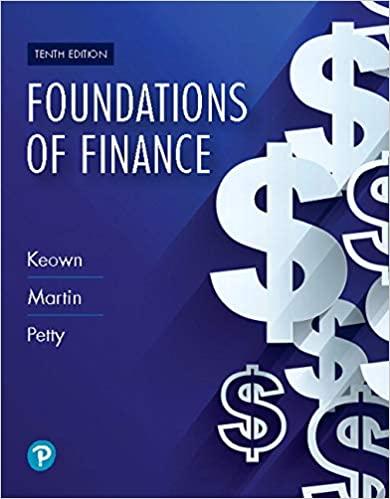Answered step by step
Verified Expert Solution
Question
1 Approved Answer
need help with mini case part A Chapter 11: Venture Capital Valuation Methods 425 MINICASE R.K. Maroon Company R.K. Maroon (RKM) is a seed-stage, Web-oriented

need help with mini case part A
Chapter 11: Venture Capital Valuation Methods 425 MINICASE R.K. Maroon Company R.K. Maroon (RKM) is a seed-stage, Web-oriented entertainment company with important intellectual property. RKM's founders, all technology experts in the relevant area, are anticipating a quick leap to dot-com fortune and believe that their unique intellectual property will allow them to achieve a subsequent (Year 3) $100 million venture value with a one-time initial $2 million in venture financing In contrast, similar dot-com firms in their niche are currently seeking multistage financing amounting to $10 million to achieve comparable results. The founders have organized with one million shares and are willing to grant venture inves tors a 100 percent annual return on their business plan projections. A. What percentage of ownership must be sold to grant the 100 percent annual return for the three years of investment? B. What is the resulting configuration of share ownership (starting from the one million founders' shares)? C. Suppose the first-round venture investors don't agree with the business plan predictions and want to price the deal assuming a second round of financing in Year 2 of $8 million with a 40 percent retum. What changes? D. Suppose the venture investors agree with the founders' assessment, price the deal accordingly (as in Part B), and turn out to be wrong with an additional $8 million at 40 percent injected for the final year 1. What is the impact on the founders' and round-one investors' final ownership assuming the second round is funded by outsiders? 2. Compare these results to your results for Part C 3. Who bears the dilution from an anticipated round? 4. Who bears the dilution from an unanticipated round? E. Suppose that the deal is priced assuming the second round (as in Part C) and it turns out to be unnecessary. Comment on the final ownership percentages at exit (Year 3). What do you conclude about the impact of anticipated but unreal- ized subsequent financing roundsStep by Step Solution
There are 3 Steps involved in it
Step: 1

Get Instant Access to Expert-Tailored Solutions
See step-by-step solutions with expert insights and AI powered tools for academic success
Step: 2

Step: 3

Ace Your Homework with AI
Get the answers you need in no time with our AI-driven, step-by-step assistance
Get Started


